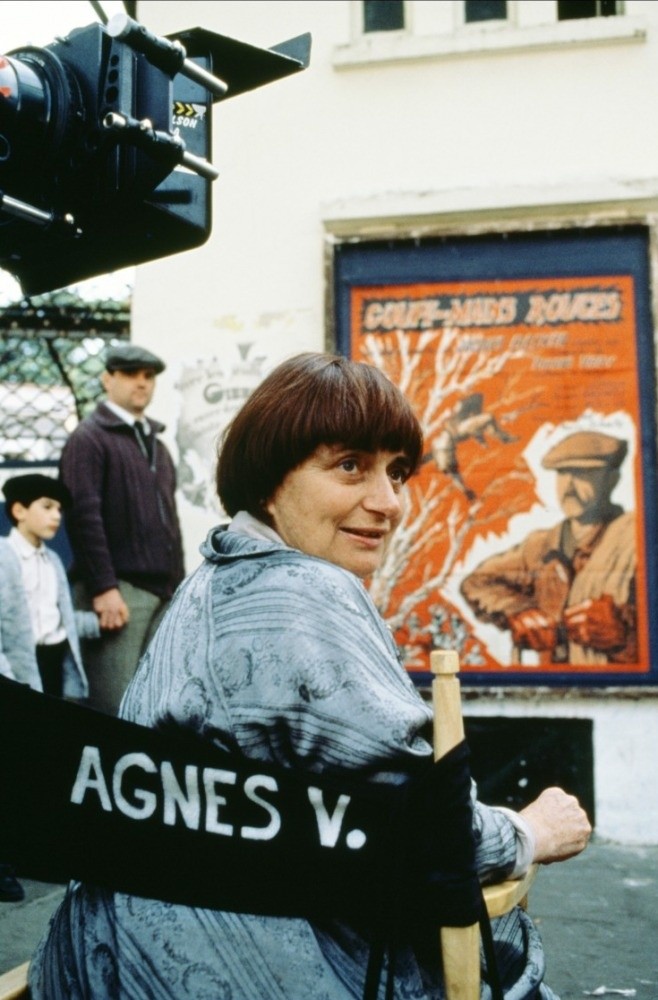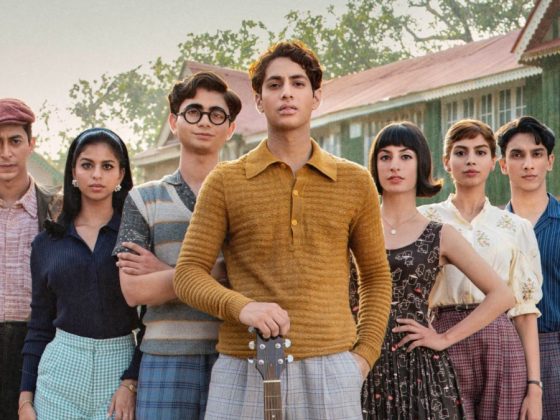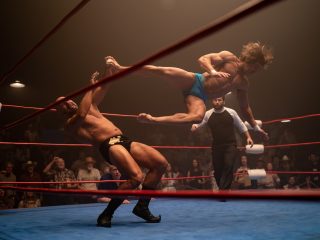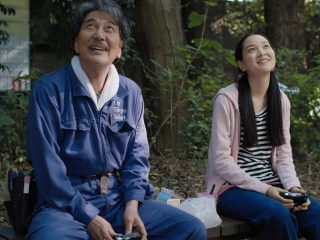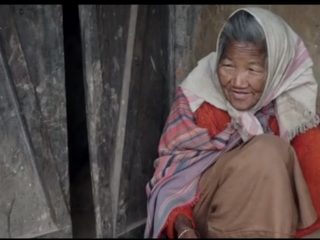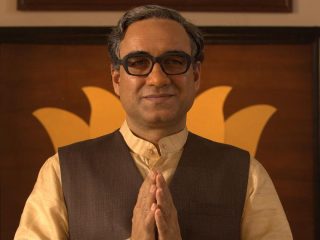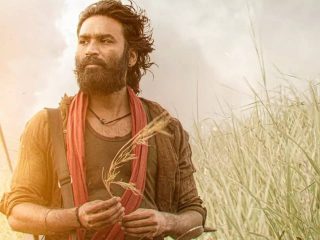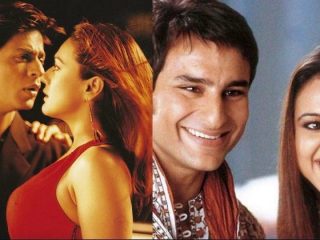Agnès Varda belonged to the Left Bank Side of the French New Movement, which was strongly tied to the ‘nouveau roman’ movement in literature. Her works are an amalgamation of documentary filmmaking and a heightened interest in experimentation and the treatment of film as art. Varda seemed to be a poet for whom France was the muse; her films were always deeply rooted in the culture and milieu of their time. Unlike her contemporaries whose films mostly dealt with male psyche and post-World War disillusionment while mostly depicting male protagonists as the main character who, like Sisyphus, had to carry all the burden, Varda’s films addressed women’s issues along with her social critique since she was widely associated with second wave feminism movements. Varda, being a photographer before becoming a filmmaker, always possessed a keen interest in capturing the fleeting nature of time through her location shooting. Her films exude a subtle sense of poetry through the way they are true to the tradition of their time and space.
1. La Pointe Courte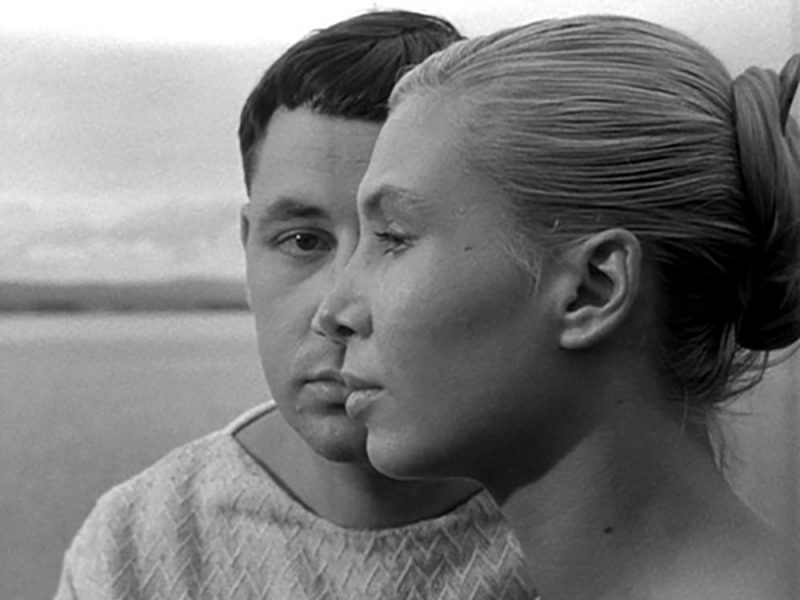
Although not entirely, La Pointe Courte can be termed an autobiographical work of Varda. Agnès left Belgium with her family in 1940 for Sète, where she spent most of her teenage years and lived on a boat with her family during World War II. The film was set in Sète, a city located in an unusual, marshy region between sea and lagoon on the western Mediterranean coast. There are two entirely different narratives that run simultaneously through the film, with the only common element being the titular location. One narrative is about the fishing community, the hardships endured by them, and their lifestyle. While the other narrative is about the married couple: Lui, a local boy who grew up in this fishing community, and Elle, a Parisian girl who visited the town to work on the crumbling foundations of their marriage. Lui in this film might be symbolic of the pre-modern France before the war, where Varda grew up, and Elle might be symbolic of the modern France plagued by suffering and chaos, which might justify the rifts in their marriage.
While Lui found happiness in the presence of his wife Elle, the latter couldn’t find happiness in their togetherness and rather always remained unsettled in finding the cause of her unhappiness. Varda’s filmmaking oscillated between the couple wandering around the coastal landscape contemplating their marriage and the fishing community completely detached from the rest of the world.
Change was a distant dream in such a restricted town; life was mundane there, filled with drudgery, yet the inhabitants of the town enjoyed their own sense of privacy and comfort. Varda at times placed the couple’s faces in extreme close-up, at an angle to each other, which might have influenced Bergman while making Persona. On the surface, the film might be an existential love story, but it’s actually a documentary that documented the people’s lifestyle in Sète, their eating, quarrelling, courting, working, and their annual sports like jousting.
There’s a sharp dichotomy in the film between pre-modern France and post-modern France, which could echo Varda’s relocation to Paris as a Sète local herself and the alienation she faced while embracing her newfound sense of modernity. The film for Varda might be a walk down her memory lane, but in the end, it offered reconciliation as the only solution through the reunion of the married couple in a town replete with their own tradition and culture, which possibly rekindled their passion for romantic love.
2. Cléo de 5 à 7 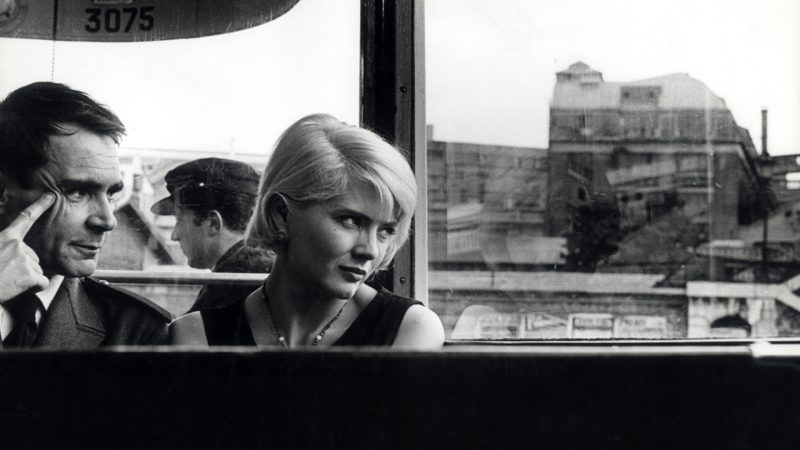
Cléo de 5 à 7 was an ode to the streets of Paris, where Cléo, like a tourist, was wandering around, maybe to escape her fear of death. The narrative of the film revolved around Cléo,a singer who, while having a tarot card read with a fortune teller, discovered her impending doom. The film depicted two extraordinary hours, i.e., from 5-7, which in France are generally considered to be the hours when lovers meet. Varda chose her main character to be a female in this film since the film was a part of the feminist movement that spanned across Europe in the 1960s and juxtaposed the themes of love and death in an ironic manner.
Cléo wandered through the streets of Paris, first accompanied by her superstitious maid and then all alone, as she tried to engage herself in various activities and spectacles throughout the day to comfort herself. We see her looking at herself in the mirror several times throughout the film—once when she was trying on hats in the hat shop and next in her apartment, which can be compared with the Lacanian mirror stage, paving the way for the discovery of herself. Varda, through her poetic filmmaking, captured the existential angst that plagued France in the 1960s due to the Algerian War.
Her protagonist here was a victim of not only her own but also this collective existential angst. Agnés portrayed working-class women in this film, where we see them driving taxis and posing as models for art classes to earn their daily bread, which was difficult to find in films of her contemporaries like Godard, Truffaut, and Chabrol. Cléo, even though she had a lover and a successful career, was always overshadowed by men around her and therefore felt stifled and lonely.
She loitered in a black dress through the cafes, parks, and studios of Paris for respite, but the mortality always haunted her until she came across Antoine, a soldier on leave from the Algerian War who also had an impending doom hanging around his fate but preferred to live in the moments without worrying about the future. It was in a complete stranger that Cléo found a sense of peace and comfort; she confided in him that her real name is Florence, while he complimented how the picturesque flora of the park and her name went hand in hand. Antoine accompanied Cléo to the hospital to get her test results, where she got diagnosed with first-stage cancer and was advised by her doctor to go through two months of radiotherapy.
At this point in the film, it was expected that she would fall apart; since then, she had to face her deepest fear, but instead, she astonishingly replied that her fear seemed to be gone, and she looked happy. Varda, through this film, reminds us of the fleeting time where death is the only reality. However, we should never be bothered by this fact; rather, we should learn to cherish each and every moment of our existence.
Thus, Cléo de 5 à 7 traced the journey of a disoriented young singer based in Paris torn by both personal and social crises who eventually found love in a stranger who helped her to discover herself and taught her to live in the present. Agnés subtly made the soldier Antoine her mouthpiece in the film, who expressed her views on the futility of war, reflecting on the fact that people die for nothing in a war, and that scared him the most rather than the fear of death. The film thoroughly examined the psyche of a female undergoing an existential crisis, using tumultuous France as its backdrop.
3. Le Bonheur 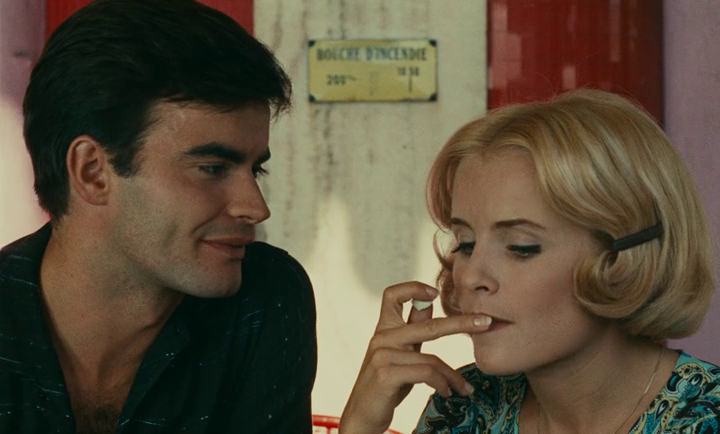
Le Bonheur was set in a tiny suburb far away from Paris. The narrative revolved around a couple, François, a carpenter, and Thérèse, a dressmaker, who are happily married with two children, until the entry of a third person in their marriage, i.e., Émile, an attractive single woman who worked in the post office. Varda captured the pastoral beauty of French suburbs through the scenes of the family picnicking in the woods on weekends. She dove deep into the themes of marriage, issues of nuclear families, and infidelity, which are quite prevalent in all societies across the world through space and time.
Agnés here used the flora of the French suburbs as a pathetic fallacy in this film. Le Bonheur means happiness, and Varda deliberately used spring as the season in the initial sequences of the film showing how love between the couple bloomed through the imagery of blooming sunflowers. An analogy can be drawn between Bertha Young, the protagonist of Katherine Mansfield’s short story Bliss and Thérèse. Both of these women, being oblivious to their husband’s infidelity, enjoyed bliss in unison with nature’s heavenly rapture until they discovered it all in an epiphanic moment or in a sudden moment of revelation that made their whole world fall apart.
However, in Varda’s film, when François confessed in front of Thérèse that he found a new happiness with Èmile, Thérèse accepted his happiness to be that of hers and encouraged him to make love to her for the last time before her death. Her death remains a mystery in the film, and Varda, much like Antonioni, likes to keep it open to interpretation. One could never figure out if she committed suicide or if she died accidentally falling into the lake located in the woods. Varda used autumn as the season to depict Antoine’s new life with Èmile.
There’s a sharp contrast between the beginning and ending of the film. The film began with Spring and ended with Autumn. It seemed as if Thérèse’s departure took away Spring, but that didn’t impact Antoine much as he readily embarked on a new journey of life with his lover. Like Clèo de 5 à 7, Varda chose her protagonists to be female in this film too; however, she depicted two categories of women: passive women like Thérèse, who were mostly silent and did not have any voice of their own, and active women like Èmile, who expressed themselves freely without any fear or hesitation. Agnès in this film not only captured the lifestyle and family values of the French working class, but also exposed the transitory nature of human emotions, be it happiness or grief. What is happiness, after all? How much happiness is too much happiness? And on what basis should happiness even be measured?”
4. Les Glaneurs et la Glaneuse 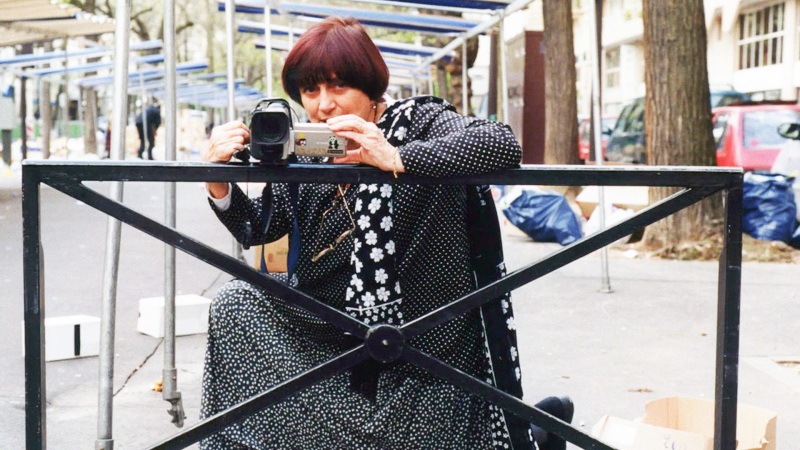
Les Glaneurs et la Glaneuse is a documentary that focuses on gleaning, with gleaners as the chief subject of the film. Varda, for the first time, used a digital camera for the filmmaking of this film. She travelled extensively across the French countryside, interacting with different types of gleaners: people who glean out of necessity for the sake of survival, people who glean out of passion, people who glean to recycle and reuse the salvaged material to make art, and lastly, people who glean to aid the needy and poor with the basic amenities of life.
The film documented the gleaners and gleaning processes in both rural and urban areas of France. Varda highlighted the economic and social imbalance that plagues French society through this documentary. She drew references from famous paintings such as Des glaneuses by Jean-François Millet, depicting that gleaning was one of the most ancient and useful crafts in French agriculture, thus thriving into the nostalgia of this craft through this film. She herself became a gleaner as she gleaned through the stories of several gleaners.
Varda had this tendency to always remind her audience of the ephemeral nature of life, and she did the same in this film in those sequences when Varda placed her hand in front of her car’s window, her index finger and thumb forming a circle, framing each passing truck down the highway, and she kept on repeating this gesture, maybe to highlight how time and moments slip by no matter how hard we try to hold onto them. She represented through this documentary the gradual shift in French society across time and the evolution of French art and culture through the process of gleaning, however, posing the question of whether this evolution or rapid digitalization is serving the purpose of greater good.
5. Les plages’d’Agnes 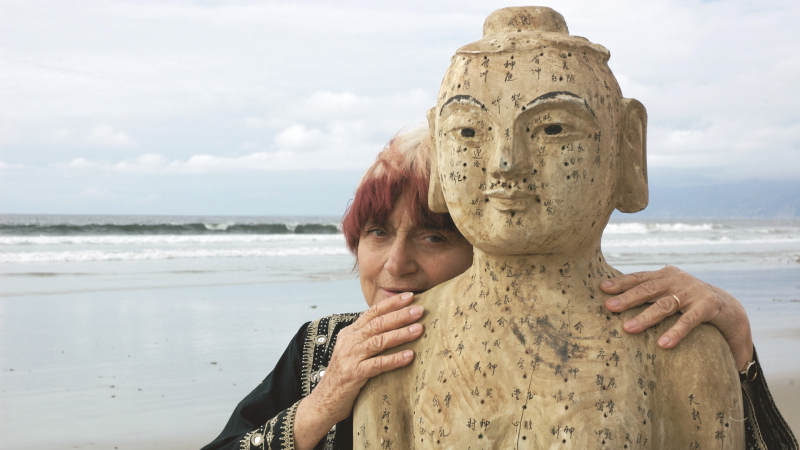
Les plages’d’Agnes is an autobiographical documentary film where Varda, on the eve of her 80th birthday, revisited the locations of her films, reminiscing about all the memories and reliving them in the present. The film opened with the beaches of Belgium, where Varda grew up, and Agnès directly speaking to her audience, breaking the fourth wall: “I play the role of a little old lady telling her life story, pleasantly plump and talkative, and yet others interest me, so I prefer filming them.” This documentary gave us a view of Agnès’s inner world—the subject matter of her films, her passion for photography that shaped her career as a filmmaker, her relationship with her children, and her relationship with her husband, Jacques Demy, another celebrated director of French New Wave cinema.
In many sequences of the film, we saw Varda moving backwards on the beach, which was reflective of the fact that the film is introspective, where Varda looked back on her works, explaining the story behind every sequence and tracing them back to their space and time. France played a pivotal role in this documentary as well, since we see how Varda explored different shades of France’s culture across time through her films. This film charted not only the evolution of French society but also Varda’s evolution as an artist and her passion for her art. “Cinema is my home. I think I have always lived in it.”
Agnès Varda’s works can be broadly classified into two sections: fiction when she was a detached observer and non-fiction when she became both a participant and an observer. However, she always managed to blur the lines between fiction and non-fiction in her films, which later maybe influenced Iranian filmmakers like Mohsen Makhmalbaf and Abbas Kiarostami to employ the same technique in their films, following in her footsteps. Her films are a true account of the times in which they are set.
She is known as the “godmother of the French New Wave” because of her experimental realism style and her works that dealt with a vast range of issues that plagued not only France but also the world as a whole. What sets her apart is the theme of universal love, humanity, and brotherhood that she subtly attempted to preach through her works. She lived her life as a commoner in a small purple house at 86 rue Daguerre, situated on the pedestrian street of Paris, and therefore in most of her films she tried to record, document, or capture the lives of commoners and what was around them, and maybe that’s what makes her work timeless; she gave a voice to the commoners through her films, looked at life the way they did, and both celebrated and critiqued their values, which shows her responsibility as a true artist who used art for the sake of people’s well-being and betterment.

